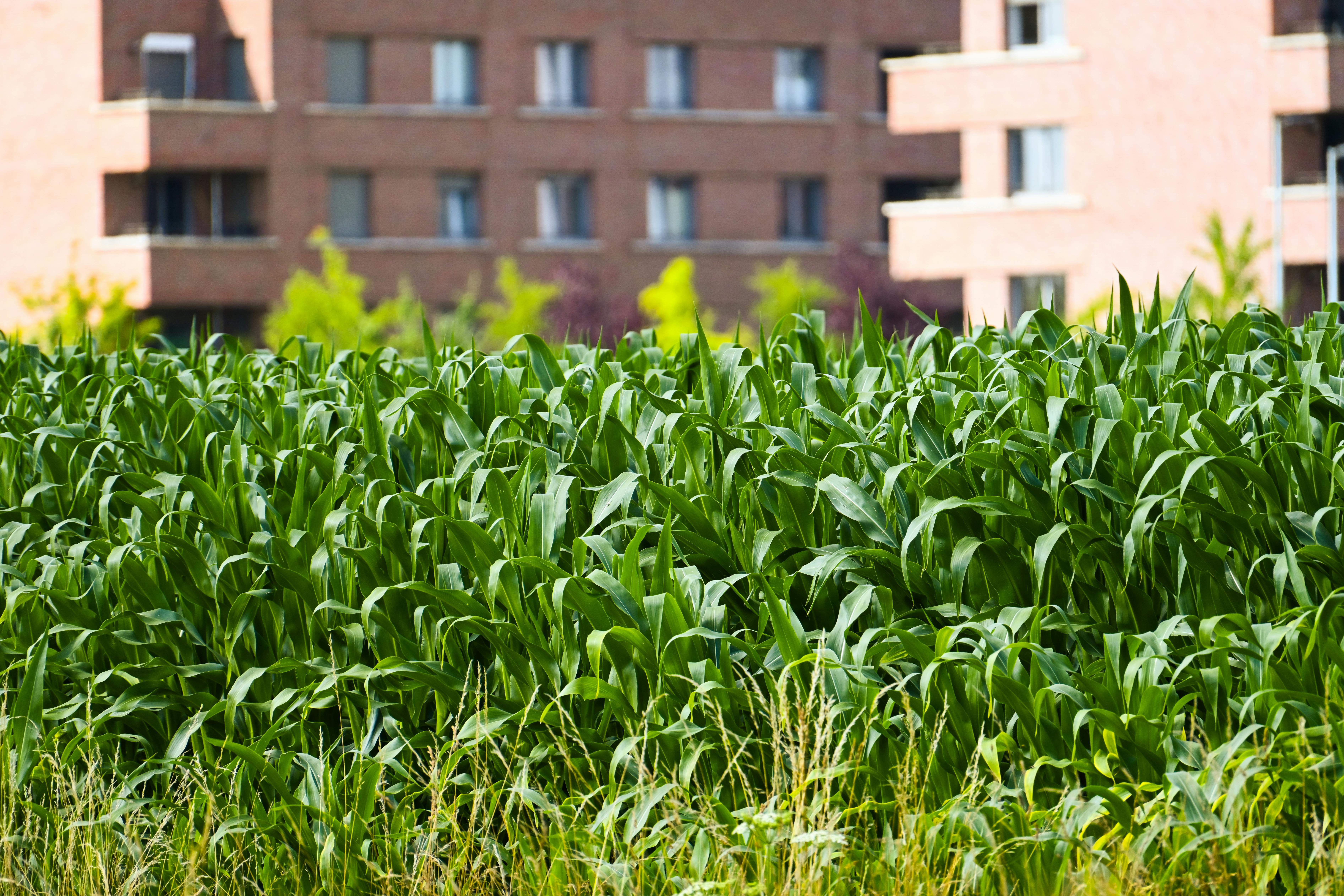
7 Sustainable Business Practices For Urban Farming Enterprises
Small-scale urban farms bring fresh food to cities while making the most of limited space. Owners often work with tight budgets, restricted plots of land, and shifting local rules. Finding practical ways to boost productivity and cut down on waste helps these businesses stay afloat. With careful planning and resourceful techniques, urban farmers can succeed even in challenging environments. Focusing on seven proven methods can help increase harvests, lower costs, and create a more reliable and sustainable operation for anyone aiming to build a profitable urban farm.
Advertisement
These ideas come from recent trends and success stories. Concrete steps will guide you toward greener grids, leaner supply chains, and stronger community ties. Each tip includes data, clear actions, and benefits designed for city-based growers.
Managing Resources Effectively
Monitor water and nutrient use closely. Use smart meters that report consumption in real time. A hydroponic farm in Chicago reduced water waste by 40% after installing sensors. Start with a basic monitoring device that logs hourly flow rates.
Review weekly reports to find spikes or leaks. Set alerts when usage exceeds thresholds. Over time, this practice can lower utility bills by up to 25% and free capital for new equipment.
Make light cycles uniform in vertical racks. LED panels use less energy than traditional bulbs. A rooftop project in New York cut electricity use by 30% after switching to programmable LEDs.
Set a timer or simple controller to mimic sunlight patterns. Observe how plants respond and adjust light intensity. Consistent lighting speeds up growth by 15% and keeps quality uniform.
Review your supply chain every three months. Combine orders of seeds, soil, and packaging to get bulk discounts. A London urban farm saved 20% on organic soil by consolidating orders with two other growers.
Identify local vendors to save on transportation costs. This step often halves delivery times and reduces carbon emissions.
Creating Circular Waste Systems
Compost plant trimmings and root waste on-site. A greenhouse in San Francisco turns 90% of its green waste into compost within four weeks. Set up bins for leafy clippings and roots separately.
Use aerated compost turners to speed up decomposition. Finished compost feeds your beds or community gardens at no extra cost.
Collect rainwater from rooftops and gutters. Several micro-farms in Tokyo harvest 50 gallons per storm. Install basic filters to remove debris before storing water in sealed barrels.
Use rainwater for irrigation lines for non-food purposes. This method can cut municipal water use by 60% during rainy seasons.
Recycle plastic trays and pots locally. Partner with nearby nurseries to exchange used containers. This network cuts procurement costs and diverts thousands of items from landfills annually.
Label each batch so you know when and where containers return. Clear guidelines ensure hygiene and plant health.
Switching to Renewable Energy
Installing solar panels or small wind turbines can quickly pay for themselves. A farm in Berlin reduced its power bill by 70% after adding rooftop panels. Calculate your energy needs and choose a system that covers your peak demand.
Look for grants or low-interest loans aimed at green technology. Many cities offer rebates covering up to 30% of installation costs. Combine funding sources to lower your initial expenses.
Check your system’s output daily. If generation drops below expectations, examine panels or blades. Regular maintenance stops small problems from causing major downtime.
If regulations permit, feed excess power back into the grid. You may earn credits or payments that offset seasonal shortfalls.
Using Technology to Improve Efficiency
Digital platforms can simplify your operations. Consider sustainable business practices tools that combine inventory, sales, and climate control data. One startup used an all-in-one dashboard to cut administrative time by 50% and improved order accuracy to 98%.
Employ mobile apps for monitoring on the go. One alert about nutrient imbalance can save an entire microgreens rack. Focus on systems with SMS or push notifications to catch issues early.
Use machine-learning models to predict pest outbreaks. Early adopters cut pesticide use by 20% and improve crop health. Test open-source solutions before investing in expensive enterprise software.
Building Community Partnerships
Sharing space with schools or local markets expands your reach and spreads risk. A farm in Detroit hosts weekend tours and sells fresh herbs at a nearby co-op. Visitors buy directly, and word-of-mouth brings in extra revenue.
Run workshops on container gardening or salad mix preparation. Charging a small fee covers costs and builds loyal customers. These events often sell out quickly.
Donate surplus produce to food banks or shelters. You reduce waste, gain goodwill, and qualify for tax deductions that improve your profits.
Work with fellow growers on joint purchase orders. Buying in bulk lowers costs for everyone and can lead to shared storage solutions.
Planning Finances and Securing Funding
Prepare a rolling six-month cash flow forecast. Include all fixed expenses like rent and utilities. Update your projections monthly with actual sales. This helps you identify funding gaps early.
Look for microloans designed for green businesses. Organizations like *Kiva* offer zero-interest options. Prepare a clear business plan with defined revenue streams to get funding quickly.
Try crowdfunding campaigns. Share your story, emphasize community benefits, and offer farm-fresh rewards at different pledge levels. Successful campaigns often surpass their goals by 20–30%.
Create a separate reserve fund for equipment repairs. Small farms face unexpected costs like pump failures or broken sensors. A rainy-day fund prevents disruptions when equipment breaks down.
Using these seven methods will strengthen your urban farm, lower costs, and reduce your environmental impact while building community connections.
Advertisement